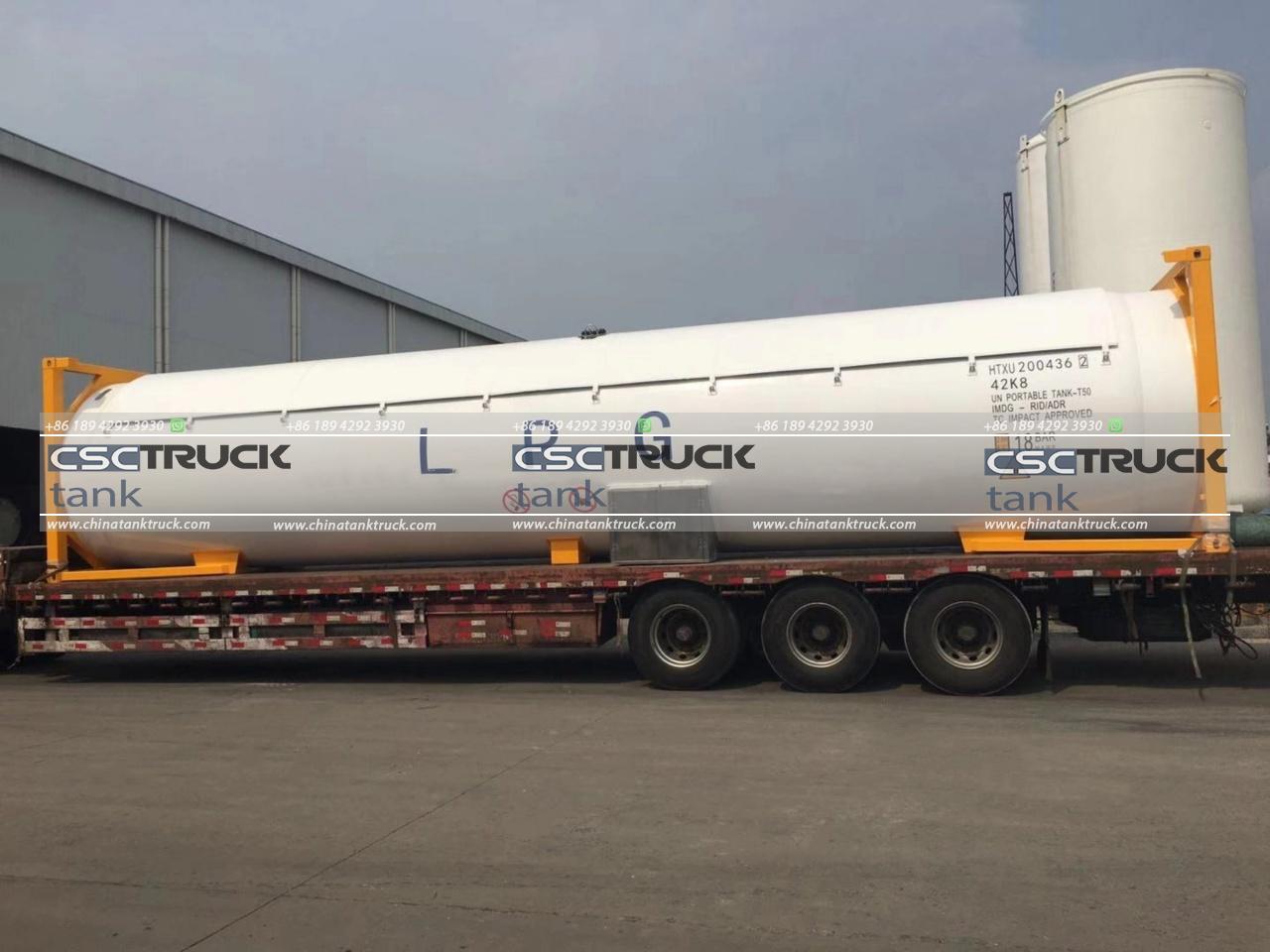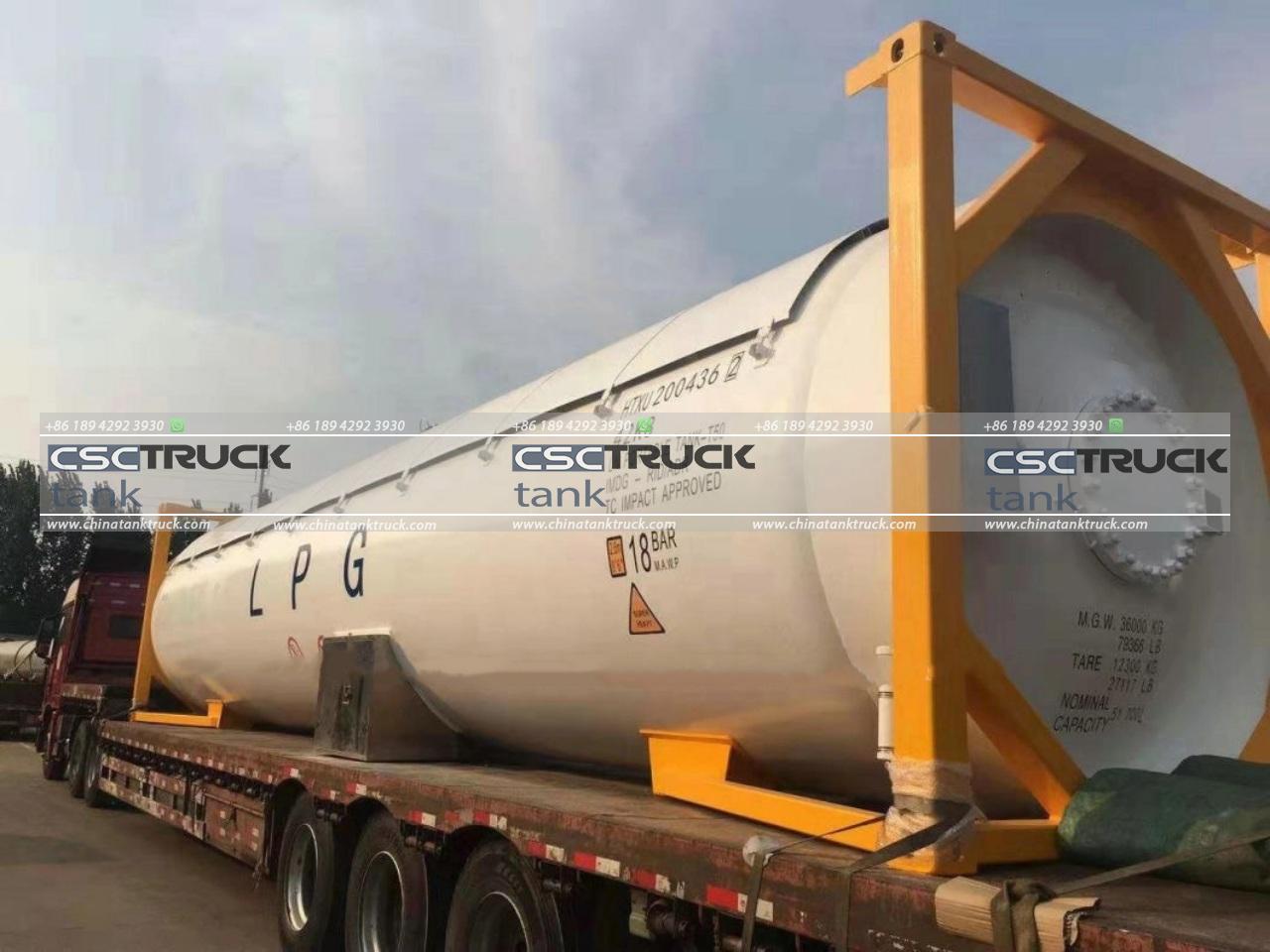What is the Size of a 40 ISO Container?
When it comes to international shipping and logistics, the 40 ISO container, commonly known as the 40-foot container, is one of the most widely used and recognizable standard shipping containers in the world. This container plays a crucial role in global trade, offering a versatile and efficient solution for transporting a wide range of goods across oceans, land, and rail networks. But what exactly is the size of a 40 ISO container, and why is it so important in the shipping industry? Let’s delve into the dimensions, types, and significance of this standard shipping container.
Dimensions of a 40 ISO Container
The 40 ISO container adheres to the International Organization for Standardization (ISO) specifications, ensuring consistency and compatibility across various modes of transportation and regions. The standard dimensions of a 40-foot ISO container are as follows:
– External Dimensions:
– Length: 40 feet (12.19 meters)
– Width: 8 feet (2.44 meters)
– Height: 8.6 feet (2.59 meters)
– Internal Dimensions:
– Length: Approximately 39.5 feet (12.03 meters)
– Width: Approximately 7.7 feet (2.35 meters)
– Height: Approximately 7.9 feet (2.39 meters)
– Door Opening Dimensions:
– Width: Approximately 7.7 feet (2.34 meters)
– Height: Approximately 7.5 feet (2.28 meters)
These measurements can slightly vary depending on the manufacturer and specific container design, but they generally conform to the ISO standards, ensuring that containers can be easily loaded, unloaded, and transferred between ships, trucks, and trains.

Types of 40 ISO Containers
While the standard 40-foot ISO container is a staple in shipping, there are several variations designed to meet different needs. Some of the common types include:
1. Standard Dry Container:
– This is the most common type of 40-foot container used for general cargo. It is designed to be weatherproof and secure, offering a robust solution for a wide range of goods.
2. High Cube Container:
– The 40-foot high cube container is similar to the standard dry container but offers additional height. With an external height of approximately 9.6 feet (2.89 meters), it provides extra storage space, making it ideal for lighter, bulkier items.
3. Refrigerated Container (Reefer):
– This container is equipped with refrigeration units to transport perishable goods such as food and pharmaceuticals. The internal dimensions are similar to the standard 40-foot container, but the presence of refrigeration equipment reduces available cargo space.
4. Open Top Container:
– Designed for cargo that is too tall or requires loading from the top, the 40-foot open-top container features a removable or collapsible top, making it versatile for various cargo types.
5. Flat Rack Container:
– The 40-foot flat rack container has no sides or roof, allowing for the transport of oversized or heavy cargo that cannot fit in standard containers.
Significance of the 40 ISO Container
The 40-foot ISO container holds significant importance in the shipping and logistics industries for several reasons:
1. Standardization and Efficiency:
– The ISO standardization ensures that 40-foot containers are compatible with all major transport modes and handling equipment globally. This standardization facilitates smoother operations, reduces errors, and minimizes loading and unloading times.
2. Cost-Effectiveness:
– Due to its widespread use, the 40-foot ISO container benefits from economies of scale, making it a cost-effective solution for shipping goods. Its size strikes a balance between capacity and manageability, offering an efficient way to transport a large volume of cargo without excessive costs.
3. Versatility:
– The 40-foot container’s size and design make it suitable for a wide variety of goods, from industrial machinery to consumer products. Its adaptability across different container types (dry, high cube, reefer, etc.) further enhances its versatility.
4. Global Trade:
– The 40-foot ISO container is integral to global supply chains, enabling the movement of goods across international borders. Its standardized dimensions facilitate seamless transfers between ships, trucks, and trains, supporting the flow of international trade.
5. Space Optimization:
– In logistics, maximizing space utilization is crucial. The 40-foot container offers an optimal balance between cargo capacity and physical size, allowing for efficient use of space in shipping containers, warehouses, and transport vehicles.

Practical Considerations
For businesses and logistics professionals, understanding the size and types of 40-foot ISO containers is essential for efficient shipping and cargo management. Key considerations include:
– Cargo Volume and Weight:
– Calculating the volume and weight of goods to be shipped helps determine the most appropriate container type and size. For example, high cube containers are ideal for lighter, bulkier items, while standard containers may be more suitable for heavier goods.
– Handling and Storage:
– The dimensions of the 40-foot container influence how it is handled and stored during transit. Ensuring compatibility with loading equipment and storage facilities is crucial for smooth operations.
– Regulations and Compliance:
– Adhering to international regulations and standards is vital for avoiding delays and ensuring compliance. Understanding container specifications helps in meeting these requirements and facilitating smoother customs processes.
Conclusion
The 40 ISO container is a fundamental element of modern shipping and logistics, providing a standardized and efficient solution for transporting goods globally. Its dimensions and various types cater to a wide range of cargo needs, from general merchandise to specialized perishable goods. By adhering to ISO standards, the 40-foot container enhances efficiency, reduces costs, and supports the seamless movement of goods across international borders. Understanding its size and variations allows businesses and logistics professionals to optimize their operations, contributing to the overall efficiency and effectiveness of global trade.

